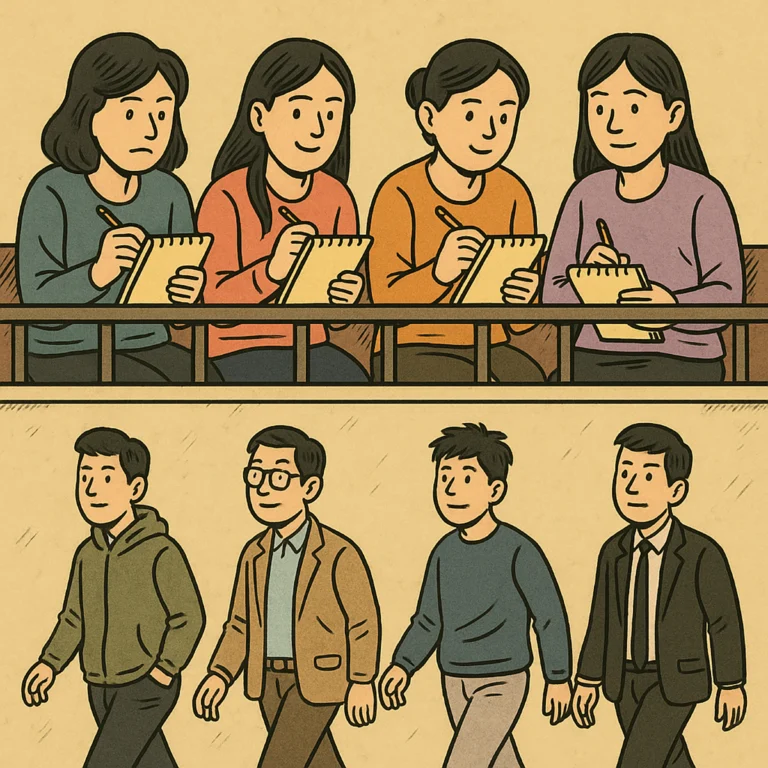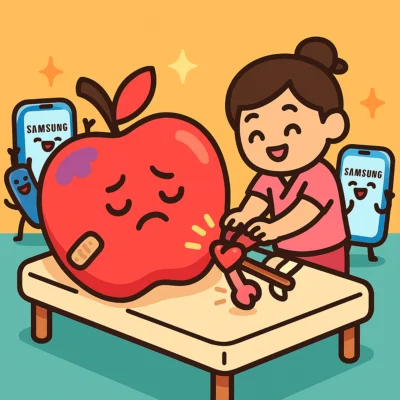There are tons of companies in Korea that are not only big in the country but also the world: Hyundai Motors, LG Electronics, Kia Motors, Naver, Daewoo… High-tech, low-tech, no-tech, chemicals, cars, ships, whatever you think of can, and most of them actually are, produced in Korea, making the country “self-sufficient” for especially technological products, cars, motorcycles, televisions, and of course mobile phones. Indeed, according to a recent study, a whopping 87.3% of Koreans are using Korean handsets and 79.1% of them are produced by Samsung, written as 삼성 in Korean and read like samsan. You know what this means for capitalism: Not enough competition, not enough American or European products sold, not happy capitalists!
Apple, willing to break this de facto monopoly, got in contact with the Korean government in 2018, hoping to find a way to increase its share from 8.4%. The government laughed at them, telling it wasn’t the government’s duty to help a company – and especially a foreign one at that. Of its 3.74 billion USD marketing budget in 2019, 740 million USD was spent in Korea alone to no avail: The share could rise only to a modest 9.1%. Going mad, a country-wide survey was ordered: Why did Koreans prefer Samsung and how could Apple sell these darn people the state of the art handsets?
The results were interesting. Not to bore you, I may mention only two figures. Good news, dear sirs and madams, is that Apple could become the second biggest in the market and have almost 35% share. Bad news? Quoting from the report, “the perception that non-Koreans produce with planned obsolescence in mind, and these products are neither reliable nor high-quality, together with the high level nationalism and protectionism, leads the average Korean buyer to choose Korean products regardless of their quality”. The report was highly detailed with invaluable insight about potential customers, their needs, and their desires. Then they came up with a brilliant idea which struck me when I learned about it – and am sure that it’ll be taught at the universities:

The biggest problem of an average Korean who doesn’t suffer from poverty is physical pain due to long and tiring working hours – which is why massage parlours, not happy ending ones but proper massage places, are the third widest type of shop you’ll find spread all around the country, behind only self-photo studios and restaurants – yes, ahead of ordinary cafes. “Breaking a decades old prejudice isn’t easy, but rewarding them for problems is easier” guys at Apple thought and started the campaign, “you break it and we fix both of you” (여기에는 사실이 거의 없습니다 in Korean) – each time you bring your mobile to the service, you get a free massage. A wonderful campaign helped Koreans to switch to Apple handsets – and Apple’s share increased to 45% in only two years with 400% increase. Amazing!
But Apple’s 2023 report doesn’t quite say so. Released few months back, the company claims to have made profit in all countries as usual, except one and only one: South Korea. Apparently Apple handsets sold in Korea were much prone to get broken – at an average of 274 times a year. No, it wasn’t the replacement parts that broke Apple’s bank. It’s 400 USD for a screen for the customer, not for the company. It was the payments for the masseuses: The company’s modest few million dollars of profit’s numbers remained the same, yet the positive on the left side became negative – hence Apple became the company whose marketing campaign caused the biggest loss in history. Well done, Koreans!

